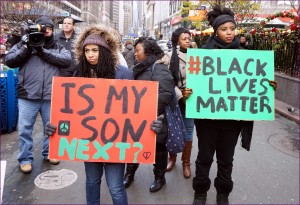Annotated Bibiliography
By Janel Davis – The Atlanta Journal-Constitution. (n.d.). Georgia’s campus crimes, what’s the risk for in-town students? Retrieved November 5, 2016, from http://www.myajc.com/news/news/local-education/atlantas-campus-crimes-concern-students-parents/nq5qM/
1.) Janel Davis is the author of an article titled “Atlanta’s campus crimes concern students, parents,” with a thesis that expresses Atlanta campuses ; “School, business and city leaders all have a stake in burnishing downtown’s image as a safe place for parents to send their children so that the universities, which have become integral components of the city’s economic development, maintain their positive momentum.”
2.) The type of evidence involved includes both candid and statistical reports that describe the composition of campuses in Atlanta and related crime rate in both open and closed off universities.
3.) The purpose of the text is to address the issue of crime in downtown Atlanta on college campuses, and what can be done to prevent this matter while also essentially defending the safety procedures that have been put in place to create a good, open environment and still protect students.
4.) The intended audience of this article are college students, law enforcement, and parents of these students in downtown Atlanta who are concerned about the safety procedures and open access to the Universities in the city.

